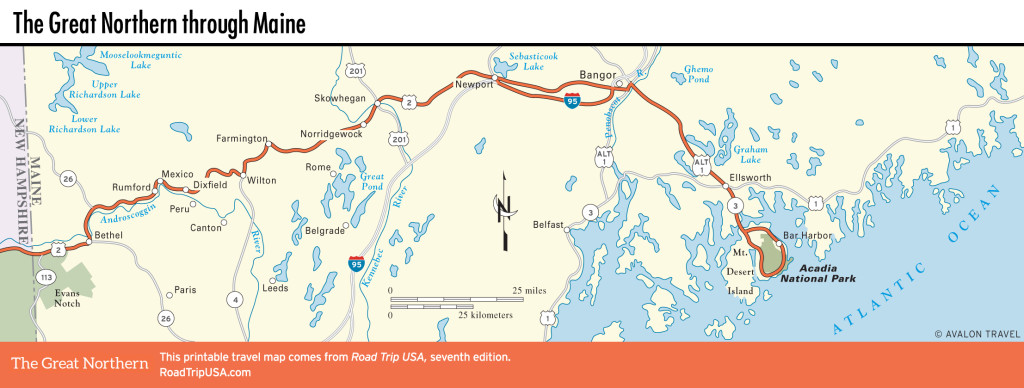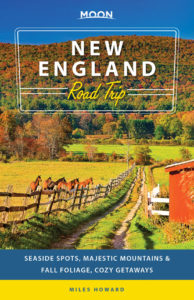Mount Desert Island
Mount Desert Island is an idyllic, 108-square-mile (280-square-km) chunk of dense forests, barren peaks, and rocky inlets just off the coast of Maine. (The “desert” in Mount Desert Island is pronounced “dessert.”) The island was first inhabited by the Penobscot people and was not explored by Europeans until 1604, when Samuel de Champlain named it Île des Monts Déserts (Isle of Bald Peaks) and claimed it for France. In 1844, Hudson River School artist Thomas Cole painted a stunning series of scenes featuring Mount Desert Island, which soon became a summer playground for elite Eastern families, many of whom built massive vacation “cottages” here, largely around Bar Harbor. In 1916, the Mount Desert colony, led by the Pulitzer and Rockefeller families, donated most of the island to the federal government to establish the first national park east of the Mississippi—Acadia National Park. The Great Depression and World War II effectively put an end to the Bar Harbor high life, and most traces of the summer colony were either torn down or destroyed by a huge fire that raged through Bar Harbor in 1947.
Today about half of Mount Desert Island remains in private hands, including the villages of Bass Harbor, Northeast Harbor, Seal Harbor, and Southwest Harbor, all of which are exclusive enclaves. These locales offer a much quieter version of island life than you’ll get in Bar Harbor. Northeast Harbor is perhaps the most welcoming, with two public gardens, the genteel old Asticou Inn (207/276-3344, $175 and up) on Route 3, and some comparatively affordable cafés like the Docksider (207/276-3965) on Sea Street, where you can munch a lobster roll while waiting for the ferry boats that shuttle across to the picturesque Cranberry Isles.
Related Travel Map

















